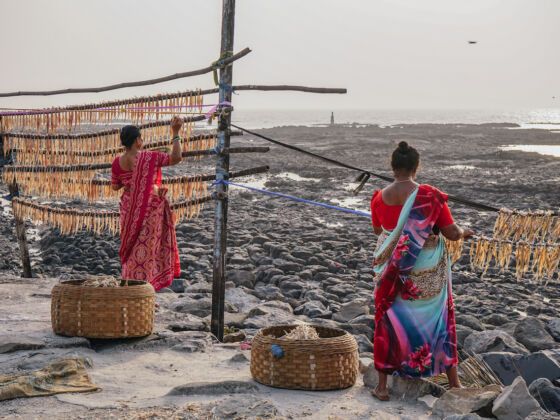Editor’s note: Mala is a pseudonym — we had to change her name because victims of crimes under Indian law are not allowed to be named.
NEW DELHI, India — Mala was just 18 when her boyfriend, Rohit, convinced her to leave their dreary, conservative little village in northeastern India for a city where they could be anonymous, and live freely together.
